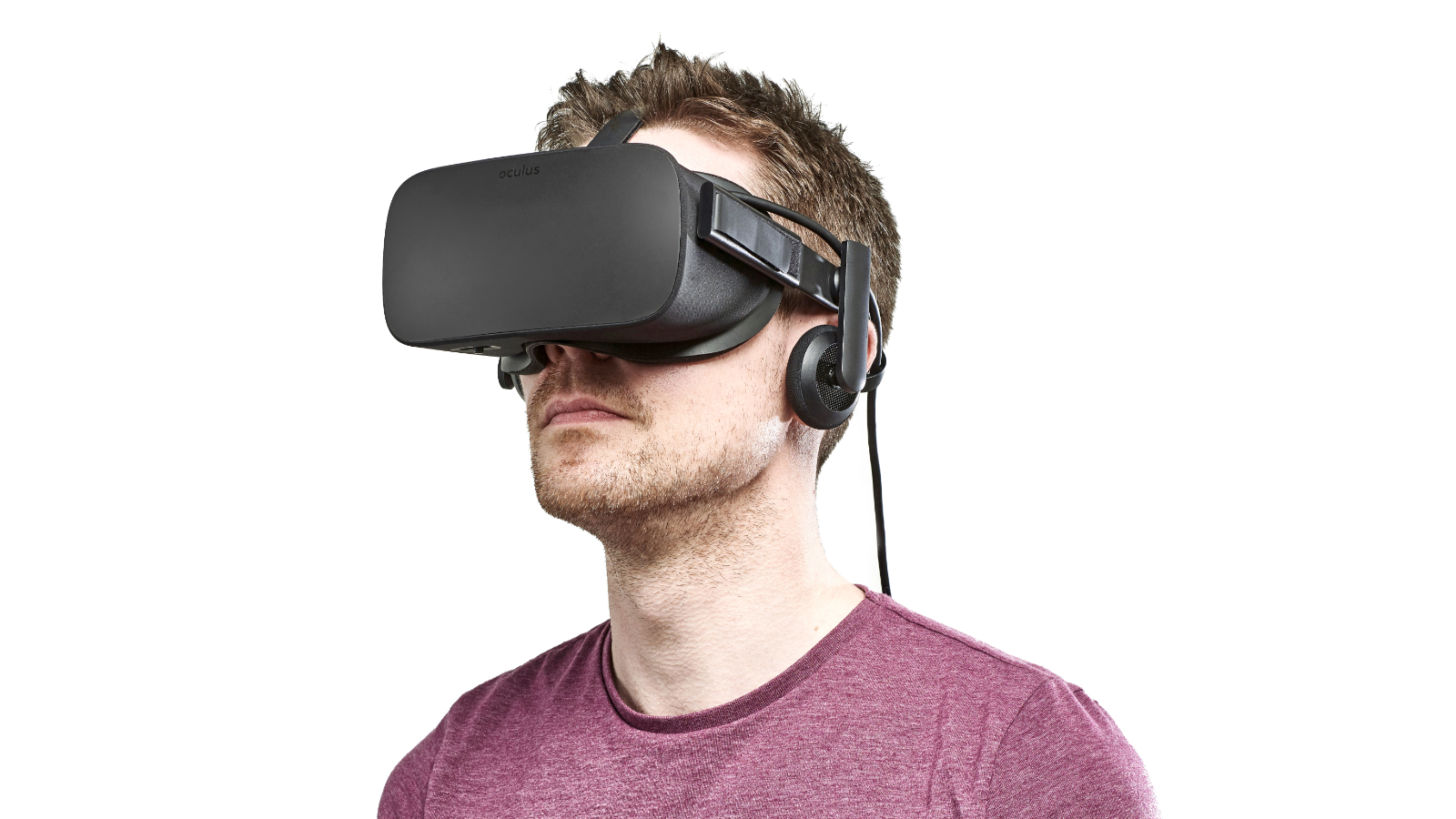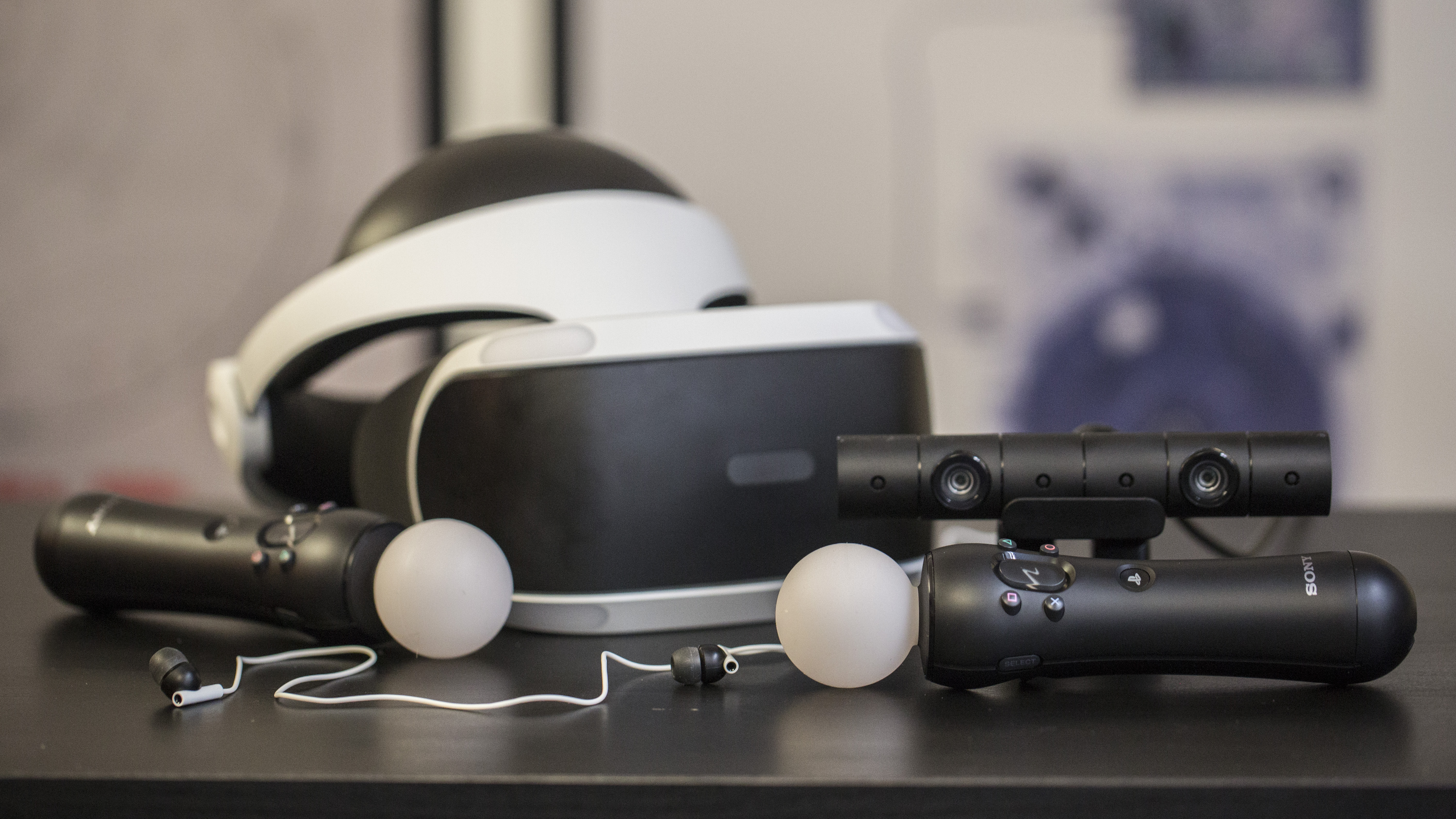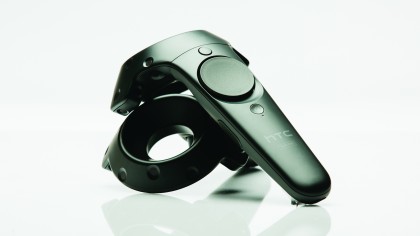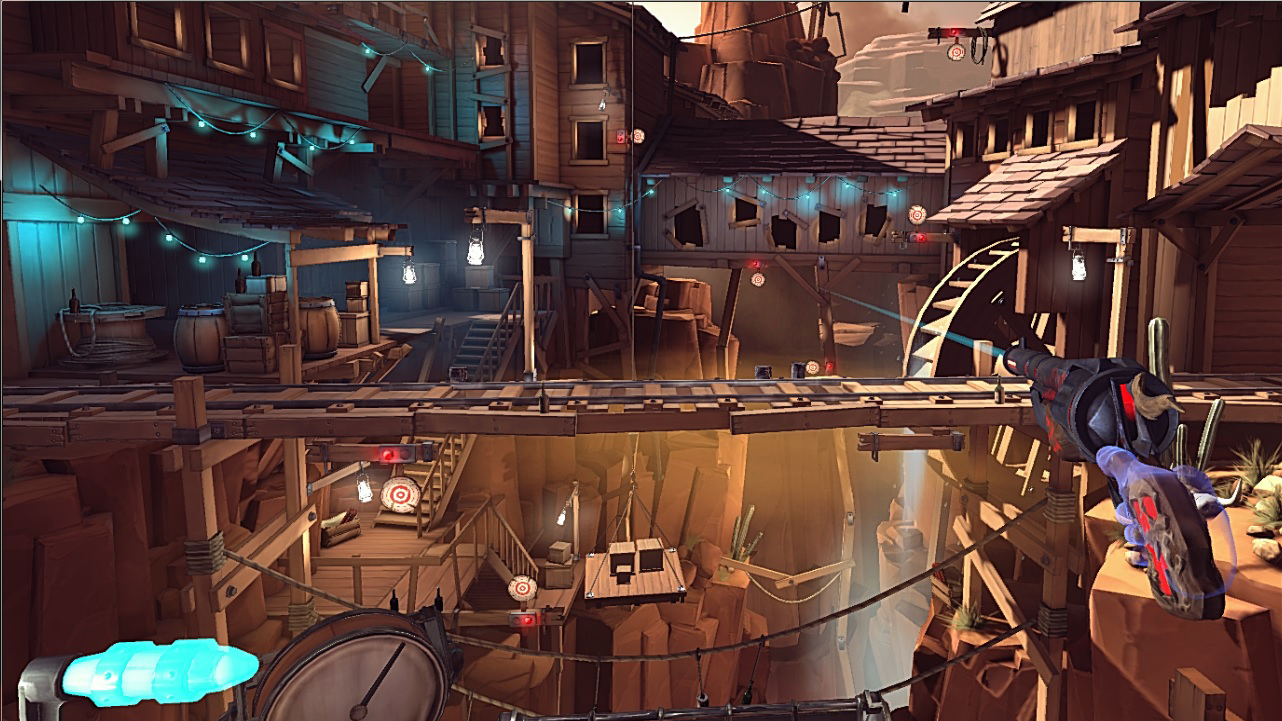Oculus is breaking every rule, in a bid to make virtual reality better
All in the name of progress

It’s been a big year for Oculus. After finally launching its consumer headset, the Oculus Rift, back in March, the company is now preparing to launch another piece of consumer hardware, the Oculus Touch controllers.
However, while the controllers for the Rift’s main competitor, the HTC Vive, came bundled with the device from day one, the Rift controllers are arriving almost nine months after the launch of the headset.
One thing is for sure: Oculus is a company that refuses to play by the rules. And when TechRadar spoke to the company’s Head of Content, Jason Rubin, he expressed confidence in the company’s decision to forge its own path.

A fragmented market
The fact that the Touch controllers are coming out so long after the original headset means there are a lot of Rifts out there that have been sold without accompanying controllers, limiting the potential of the device.
For a developer, this fragmentation could be dangerous, especially when the amount of VR headsets sold continues to pale in comparison to other pieces of gaming hardware such as consoles.
Where's the incentive for developers to target the Touch controllers when such a small proportion of total Oculus owners currently own them?
For Rubin however, the fragmentation within Oculus’ audience isn’t that much of a problem when you consider how fragmented the rest of the market, in particular that for Sony’s PlayStation VR, is. He thinks the fragmentation argument has become a “fanboy rallying cry”.
Sign up for breaking news, reviews, opinion, top tech deals, and more.
“If we went back in time and Oculus disappeared from the market, there would be hardware fragmentation,” Rubin explains, citing PlayStation VR as an example.

“Sony has developed a system that relies on front-facing cameras, does not do room-scale based on the technology they had, and [with] hand-tracked controllers that are not horribly precise [because] the technology wasn’t meant to be a VR device.”
Rather than choosing to see the downsides of fragmentation, Rubin is instead keen to focus on the choice this allows consumers.
“Oculus lives in a world where we support all input styles,” Rubin says, before admitting that certain genres work better with the motion controllers than others. “Touch is not perfect for a driving game – you can do it, but a steering wheel is better, so we’ll support steering wheels.”

Although choice is a positive thing the fact remains that there are a lot of different hardware configurations for the Rift, especially when it comes to how big your play area can be.
You can wander freely around 1.5 x 1.5m play space with two sensors, while this area increases to 2 x 2m if you’re willing to limit yourself to facing one direction, and can be further increased to 2.5 x 2.5m with the addition of a third sensor.
That’s a lot of different potential areas to set games in, although Rubin reckons that two sensors will likely become the base model.
A walled garden
It’s not just with its hardware that Oculus is straying from the conventional market wisdom. Its Oculus Store, which it uses to sell software rather than having users go through an existing marketplace like Steam (as is the case with the Vive), has raised eyebrows.
There’s little functionally wrong with the store, but its existence has angered those users who want to keep their game libraries organised in a single store.
Rubin is confident, however, that Oculus has made the right choice with its own store, and argues that it’s crucial to maintaining good standards of quality, especially when poor software can literally make users nauseous with motion-sickness.
“There are quality standards that we believed were very important to launch new hardware,” he explains. “We want people to buy this hardware to come home and believe anything they buy in a store is going to be at least ‘okay’ to ‘good’. It has a certain seal of approval that Oculus has looked at it.”

Rubin is eager to emphasise that the existence of the Oculus Store does not prevent developers from releasing their software independently, and in some cases Oculus will even provide keys to allow software to appear in a user’s Oculus Store library even if it’s been sold by the developer away from the store.
However, when it comes to user modification of titles, Rubin is a lot more hardline about maintaining developer’s rights to keep their content exclusive to one headset or another.
“They may fail if they don’t have the right to make their rules [about exclusivity]…[and] we tend to feel that that’s bad for the development community – and that what’s bad for the development community is, generally speaking, bad for everybody,” he says.
This, combined with the fact that anyone who owns a Rift is free to develop for it, means that the Oculus platform is much more open than typical console hardware, at least according to Rubin.
“We’re not a console, we’re much more open than that,” he adds. “But we’re also not fully open, because we believe for VR to work we should have a bar for quality.”
Closed standards
This attitude towards openness extends to the company’s lack of support for common standards, which it believes the industry isn’t ready for.
“We’re absolutely not at that point yet,” says Rubin. “It’s not a competitive thing, so much as it is a belief in the future of VR, and how much more we have to learn.” He cites the Touch controllers as examples of hardware that wouldn’t have happened if the company was adhering to common standards.
“I don’t know if you noticed, but on [the Touch controllers] you can point, thumbs up, thumbs down?” he asks. “Create an open standard and you say ‘we have 10 buttons on the controller, one for this, one for…’ you’re done [with innovation].”

In other words, by keeping to an open standard, Oculus is forced to play by a common series of rules, and is prevented from forging ahead with initiatives which it believes to be right, but which don’t have common support within the industry.
Rubin also cites technical advances (such as the recently implemented asynchronous timewarp, which HTC ended up also bringing to the Vive) as being further evidence of this need to ignore the industry, and instead do what Oculus believes to be right.
You can't break the rules if they don't exist yet
The overwhelming impression given by Oculus is of a company that’s unwilling to be tied down by the VR industry’s early ideas about how the medium should work, or even by conventional wisdom that’s been inherited from the pre-VR era.
It’s hard to argue that we don’t have a long way to go when it comes to working out what does and doesn’t work in VR. In fact, when it comes to VR, Rubin won’t acknowledge a single piece of conventional wisdom that he doesn’t believe could be broken to great effect at some point in the future, simply because “It’s an open field”.
That’s why Oculus is so willing to go against the grain – because the grain might not run in the same direction that VR is heading.
But while this means that the amount of progress Oculus has made in VR has been impressive thus far, it’s also making it a frustrating market for consumers to buy into. There’s no single set of hardware that works with every game, no starter kit that gives you everything you need for VR in one simple package.
VR has a long way to go, and, for the immediate future at least, it feels like it’s going to continue to be the domain of the enthusiastic early adopter.
- Interested in the new motion controllers? Check out our full Oculus Touch review.

Jon Porter is the ex-Home Technology Writer for TechRadar. He has also previously written for Practical Photoshop, Trusted Reviews, Inside Higher Ed, Al Bawaba, Gizmodo UK, Genetic Literacy Project, Via Satellite, Real Homes and Plant Services Magazine, and you can now find him writing for The Verge.